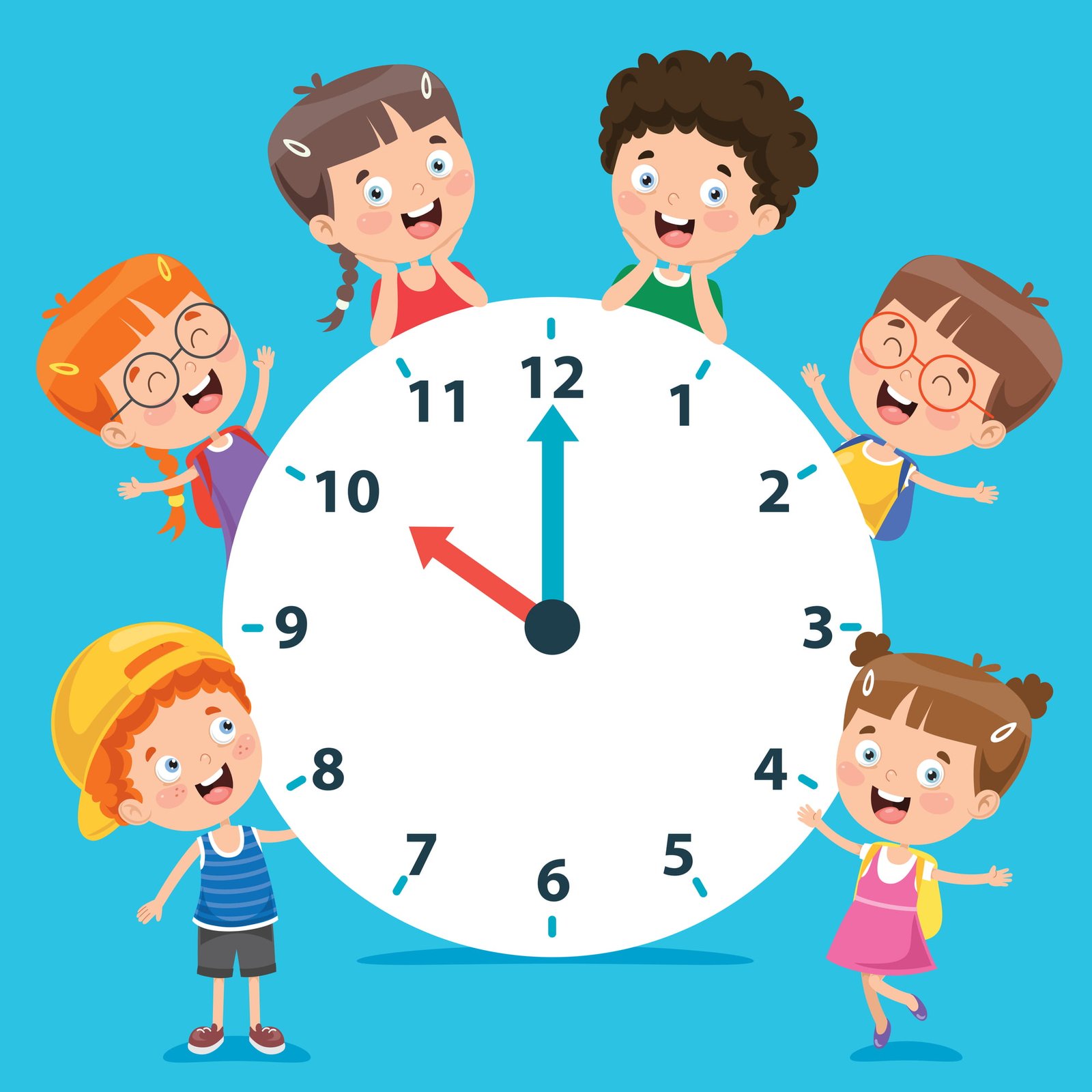Parenting is a journey that requires a delicate balance between maintaining routines and allowing flexibility. This balance is essential for fostering a stable yet adaptable environment for children to thrive. This guide will explore strategies to achieve this balance, supported by real-life examples to illustrate practical applications.
The Importance of Routines
Routines provide structure and predictability, crucial for a child’s development. They help children understand what to expect, reduce anxiety, and promote security. For instance, a consistent bedtime routine can help children settle down and get the rest they need, leading to better behavior and improved overall health.
Case Study: The Morning Routine
Consider the Johnson family’s example. Their daily routine includes breakfast, brushing their teeth, and a short reading session before school. This routine ensures that the children start their day with good nutrition and hygiene and reinforces the habit of reading, enhancing their literacy skills.
Free ADHD Parenting Book from A to Z with 100+ Techniques & 10 Toolkits. Subscribe Now!
The Role of Flexibility
While routines are vital, flexibility is equally important. Life is unpredictable, and being too rigid can lead to frustration and stress for parents and children. Flexibility allows for adjustments when unexpected situations arise, teaching children adaptability and problem-solving skills.
Case Study: Handling Unforeseen Events
The Smith family illustrates the importance of flexibility. One day, a sudden rainstorm changed their plans for a family picnic. Instead of sticking to the plan, they decided to have an indoor picnic. This flexibility saved the day and taught the children how to adapt to changing circumstances positively.
Strategies for Balancing Routines and Flexibility
- Set Priorities: Identify which routines, such as mealtimes and bedtimes, are non-negotiable and which areas can accommodate flexibility. This helps maintain a balance without compromising essential activities.
- Involve Children in Planning: Encourage children to participate in creating routines. This involvement gives them a sense of ownership and makes them more likely to stick to the routines. Additionally, it allows parents to incorporate children’s preferences, making routines more enjoyable.
- Build in Buffer Time: Allow extra time in routines for unexpected delays. This buffer reduces stress and provides a cushion for spontaneous activities or unforeseen disruptions.
- Stay Calm and Adapt: Parents must stay calm and demonstrate adaptability when disrupting routines. Children often model their reactions based on their parents’ behavior. Showing a positive attitude toward change teaches children resilience.
- Positive Reinforcement: Use positive reinforcement to encourage children to follow routines. Praising or rewarding children for sticking to their routines can motivate them and reinforce good behavior.
Case Study: Balancing School and Extracurricular Activities
The Martinez family has two children who are involved in various extracurricular activities. They maintain a routine for homework and dinner but remain flexible with playtime and leisure activities. They ensure their children fulfill their responsibilities without feeling overwhelmed by prioritizing homework and meals while allowing flexibility in other areas.
The Benefits of a Balanced Approach
Balancing routines with flexibility offers numerous benefits:
- Enhanced Emotional Stability: Children feel secure knowing there is a predictable structure, yet they also learn to handle changes gracefully.
- Improved Time Management: Parents and children learn to manage their time effectively, leading to more productive and less stressful days.
- Strengthened Family Bonds: Shared routines and the ability to adapt together strengthen family relationships and foster a supportive environment.
Case Study: Family Movie Night
The Williams family schedules a weekly movie night, a routine everyone looks forward to. However, they remain flexible with the day and time to accommodate everyone’s schedules. This routine provides a sense of anticipation and togetherness, while the flexibility ensures it fits seamlessly into their lives.
The Role of Consistency in Routines
Consistency is a critical element in establishing effective routines. Children thrive on repetition and predictability, which help them feel more secure. Consistent routines also make it easier for parents to manage expectations and maintain discipline.
Case Study: Consistent Bedtime Routine
The Anderson family emphasizes a consistent bedtime routine for their two children. Every night, they follow the same sequence: dinner, a bath, reading a book, and lights out by 8 PM. This consistency helps their children transition smoothly to sleep, leading to better rest and more peaceful nights.
Integrating Flexibility into Consistent Routines
While consistency is important, integrating flexibility ensures that routines remain practical and adaptable. For example, the Anderson family might occasionally allow their children to stay up for 30 minutes on weekends or special occasions. This flexibility within a consistent framework teaches children that while routines are essential, adjustments can be made when necessary.
Positive Reinforcement in Action
Positive reinforcement can be a powerful tool in maintaining routines. When children see that their efforts are recognized and rewarded, they are likelier to follow routines willingly.
Case Study: Rewarding Good Behavior
The Thompson family uses a reward system to encourage their children to complete their morning routines independently. Each week, if the children successfully follow their routine, they earn a star. Accumulating a certain number of stars results in a special treat, such as a family outing or a small toy. This positive reinforcement makes the children more enthusiastic about their routines.
Conclusion
Ultimately, the goal is to nurture well-rounded, resilient children who can confidently and gracefully navigate life’s ups and downs. By achieving the right balance, parents facilitate their children’s development and enhance the quality of family life.
Balancing routines with flexibility is vital to successful parenting. Parents can create a harmonious environment that promotes stability and adaptability by setting priorities, involving children in planning, building in buffer time, staying calm when disruptions occur, and using positive reinforcement. Real-life examples, like those of the Johnsons, Smiths, Martinez, Williams, Andersons, and Thompsons, illustrate how these strategies can be effectively implemented, leading to a more fulfilling and less stressful parenting experience.
